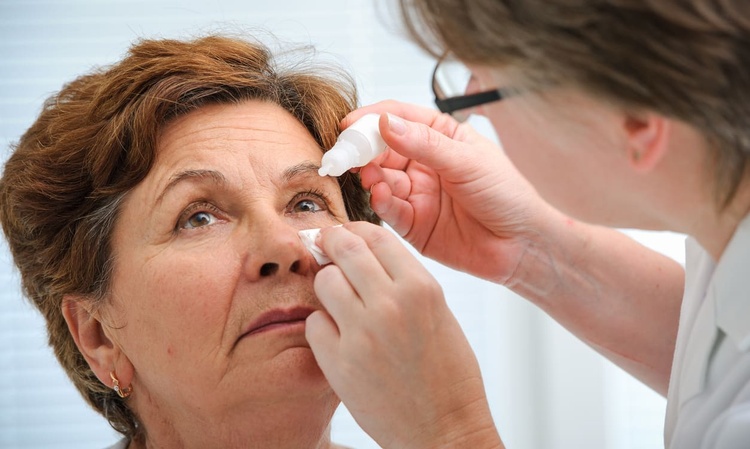Migraine Treatment: Options for Headache and Vision Symptoms
Migraines are a common neurological condition that can cause severe headache, visual changes, nausea and functional disruption. Understanding treatment options helps people manage attacks and reduce frequency over time. This article summarizes evidence-based acute and preventive approaches, how vision and eye symptoms fit into care, and when to contact a clinician for further evaluation. This article is for informational purposes only and should not be considered medical advice. Please consult a qualified healthcare professional for personalized guidance and treatment.

What causes migraine?
Migraine arises from a complex interplay of genetic, neurological and environmental factors rather than a single cause. Changes in brain excitability, neurotransmitter systems (such as serotonin), and activation of pain pathways contribute to the characteristic throbbing or pulsatile pain. Triggers vary by person and may include sleep disruption, hormonal changes, certain foods or stress. Identifying individual triggers and patterns is a first step in reducing attack frequency and tailoring treatment plans with a healthcare provider.
Why does a headache occur during migraine?
The headache phase of migraine reflects activation of the trigeminovascular system and inflammation of pain-sensitive structures around the brain. Pain intensity and features differ: some people experience unilateral, pulsating pain with sensitivity to light or sound, while others have more diffuse pressure. Over-the-counter analgesics (like NSAIDs) can be effective for mild attacks, while moderate-to-severe episodes often require specific migraine-targeted medications. Accurate description of headache features helps clinicians choose appropriate acute therapies and rule out other causes.
How can vision change during an attack?
Visual symptoms are common in migraine and can appear as aura (flashing lights, zigzag lines, blind spots), blurred vision, or transient loss of vision. Ocular migraine typically refers to transient visual disturbance in one eye, while migraine with aura usually affects vision in both visual fields. These visual phenomena usually develop over minutes and resolve within an hour, but any new, prolonged, or painful visual loss warrants urgent evaluation by an eye-care specialist or emergency services to exclude other causes.
Can the eye trigger migraine symptoms?
Eye strain, uncorrected refractive errors, binocular vision problems, or certain retinal conditions can contribute to head or eye discomfort and may trigger or worsen migraine in susceptible people. A comprehensive eye exam can identify treatable eye conditions such as astigmatism, dry eye, or convergence insufficiency that might exacerbate headaches. Collaboration between primary care, neurology, and optometry/ophthalmology is useful when visual complaints are prominent or when standard migraine treatments are not fully effective.
How to protect overall health and find local services
Preventive care for migraine often combines lifestyle measures and medical strategies to protect long-term health. Regular sleep, hydration, balanced meals, exercise, and stress-management techniques reduce vulnerability to attacks. When preventive medication is indicated, options include daily oral agents (beta-blockers, certain antidepressants, anticonvulsants), injectable monoclonal antibodies targeting CGRP pathways, or procedures such as onabotulinumtoxinA for chronic migraine. Seek local services—primary care clinicians, neurologists, headache clinics, and eye-care professionals—to build a coordinated plan tailored to your needs.
Conclusion
Migraine treatment involves both short-term relief of headache and visual symptoms and longer-term strategies to reduce attack frequency and protect overall health. Accurate symptom description, identification of triggers, and coordinated care between healthcare and eye specialists improve outcomes. For persistent, severe, or atypical visual changes or headache patterns, prompt evaluation is important to exclude other conditions and to optimize a treatment plan with a qualified clinician.






